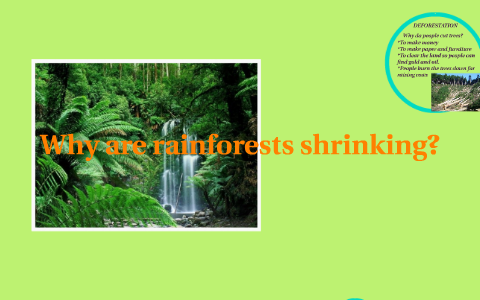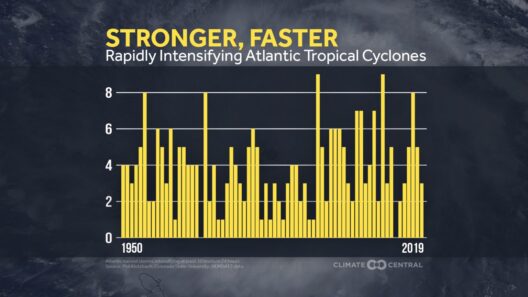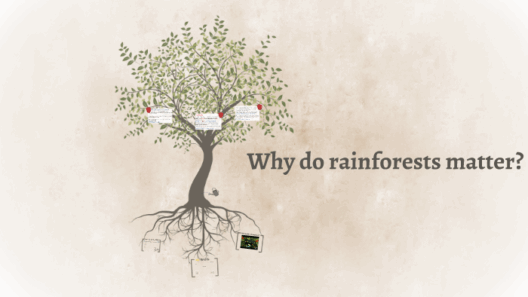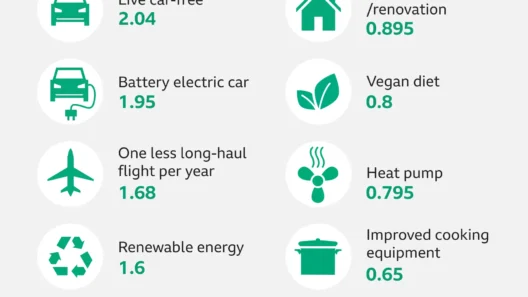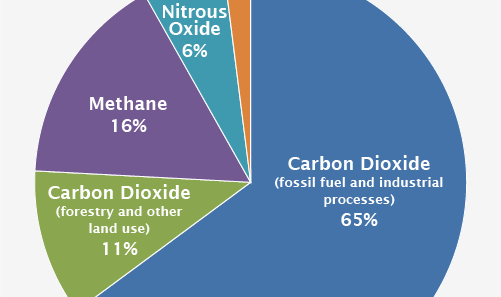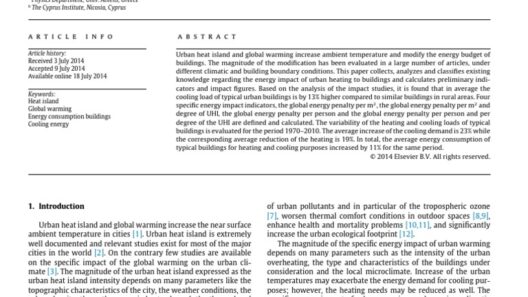As the climate crisis unfurls, the dichotomy of deserts expanding and rainforests shrinking becomes increasingly pertinent. These two biomes, vital to the Earth’s ecological balance, face unprecedented threats due to anthropogenic activities and climate fluctuations. Understanding the nuances of this situation requires us to dissect both phenomena, their implications, and potential solutions.
Deserts, often characterized by their arid conditions and sparse vegetation, are expanding at an alarming rate. This phenomenon, termed “desertification,” results primarily from climate change, unsustainable agricultural practices, and deforestation. Researchers have identified various causes, including increased temperatures, reduced precipitation, and poor land management practices. The Sahel region in Africa serves as a textbook example, where prolonged droughts have contributed to the encroachment of the Sahara Desert into formerly fertile areas, displacing communities and disrupting local ecosystems.
Conversely, rainforests, which serve as the Earth’s lungs, are undergoing a heartbreaking reduction in size. Deforestation, driven by logging, agricultural expansion, and urbanization, results in a dramatic loss of biodiversity. The Amazon Rainforest, one of the most biodiverse ecosystems on the planet, has lost substantial acreage to cattle ranching and soybean farming. This loss not only impacts flora and fauna but also accelerates climate change, as trees that sequester carbon are removed from the ecosystem.
When considering the effects of these two expanding deserts and shrinking rainforests, one must delve into the implications for biodiversity. Deserts are often seen as barren wastelands, but they host a variety of specially adapted organisms. However, as they spread, they encroach on ecosystems, often leading to the extinction of species unable to adapt to the harsh conditions. For instance, the shifting boundaries of deserts disrupt migratory patterns, alter food availability, and harass native species. Consequently, these changes invalidate intricate ecological relationships that have evolved over millennia.
On the other side of the ecological spectrum, the shrinking of rainforests poses a dire threat to global biodiversity. Rainforests house approximately 50% of the world’s plant and animal species despite covering only around 6% of the Earth’s land surface. The deforestation rates are staggering, with millions of acres lost each year. This loss not only eliminates habitats but diminishes genetic diversity, making ecosystems less resilient to climate changes and disease outbreaks. Furthermore, the disappearance of keystone species can trigger a domino effect, undermining entire ecological communities.
The connection between expanding deserts and shrinking rainforests extends beyond the immediate biodiversity impacts. Climatic repercussions are also significant. Climate regulation, a critical function of both biomes, is declining. Rainforests regulate local and global climates through the process of transpiration, where water vapor is released into the atmosphere, influencing regional rainfall patterns. As rainforests disappear, areas that rely on rainfall for agriculture may experience droughts, further exacerbating the pressures that lead to desertification.
Desertification and deforestation intersect at multiple junctures. Both threats are often exacerbated by the same drivers—climate change and human intervention. However, addressing these issues requires diverse remedies tailored to each biome’s unique challenges. Sustainable land management practices, reforestation efforts, and community-based conservation are paramount for rainforests. These strategies emphasize the importance of involving local populations in preservation efforts and ensuring that measures are economically viable.
Strategies to combat desertification include afforestation—planting trees in arid zones—and the implementation of sustainable agricultural practices that improve soil health and fertility. Additionally, increasing awareness about the value of land stewardship and ecological balance will foster symbiotic relationships between humans and their environments, ultimately reducing both desertification and deforestation.
The socio-economic implications of these biomes facing adverse changes cannot be overstated. Communities that depend on rainforests for their livelihoods are increasingly vulnerable as their resources dwindle. Food security becomes precarious as local agriculture suffers due to diminishing natural resources. In regions experiencing desertification, traditional pastoral lifestyles are rendered untenable, leading to urban migration and contributing to societal tensions.
In the fight against climate change, the recognition of these interrelated biomes in crisis is critical. Their preservation is not simply an environmental issue; it is a humanitarian concern. The well-being of countless communities hinges on the ecological integrity of deserts and rainforests alike. Global cooperation is necessary to establish policies that promote sustainable practices while addressing the needs of affected populations.
Ultimately, understanding the intricate dynamics between expanding deserts and shrinking rainforests sheds light on the broader environmental narrative of our time. The urgency with which we address these challenges cannot be overstated. As stewards of the planet, a united front against the degradation of these vital biomes will be instrumental in ensuring a sustainable future that reconciles human need with environmental preservation.
In conclusion, recognizing the intertwined fates of expanding deserts and shrinking rainforests is a call to action. By fostering international collaboration and emphasizing sustainability, it is possible to alter the trajectory of these biomes. Every effort made to rehabilitate and protect these ecosystems not only serves ecological purposes but safeguards our collective future within the delicate balance of the Earth’s biosphere.



